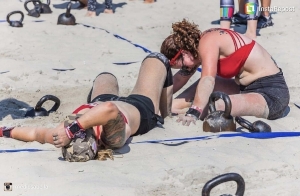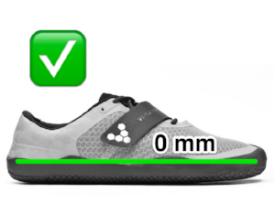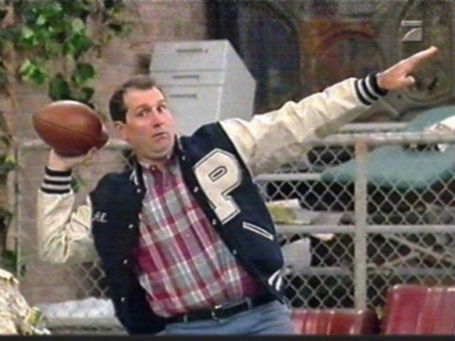
24 Sep Do My Sneakers Impact My Training?

Are you active in Crossfit? Training for a marathon or like to run? Getting your sweat on at Orange Theory? Signed up for a Tough Mudder? Have dreams of becoming the next American Ninja Warrior? Do you wear sneakers with your suit during your commute to work? Are you on your feet all day? Did I miss anyone?
One of the common questions that I get is, “Do the shoes that I choose really make a difference?”
The sneaker industry is a multi-billion dollar industry and there is a huge selection of choices created by the major shoe companies resulting in an endless inventory carried by Zappos and Amazon to name a few.
“Buying your next pair of sneakers can be frustrating and confusing.”
So I came up with this guide to: 1) de-bunk some footwear myths and 2) list the key characteristics that you need to look for in your next pair of sneakers.
Footwear Myths
Now, before I upset anybody, let me preface this by saying that I use to sell sneakers. Yes, I was Al Bundy during my late high school and early college years. The company that I worked for always held mandatory staff meetings where tech reps from all the major sneaker companies – Nike, Reebok, Asics, Adidas and New Balance taught us about their latest and greatest technology. Now, I’m not going to go into detail about every single shoe companies answer for the person who underpronates, overpronates or for the person with neutral mechanics although I can probably to this day give you the model, style and last (mold which a sneaker is built on).
“I bought into it. If you have a flat foot then a shoe with an arch or an insert is what you need – right? Or, if you have a high arch, buying a shoe without an arch is bad for you – right?”
Fact of the matter is, there are fundamental flaws with a majority of the sneakers that are available that can wreak havoc on your toes, feet and everything upstream. Let me explain.
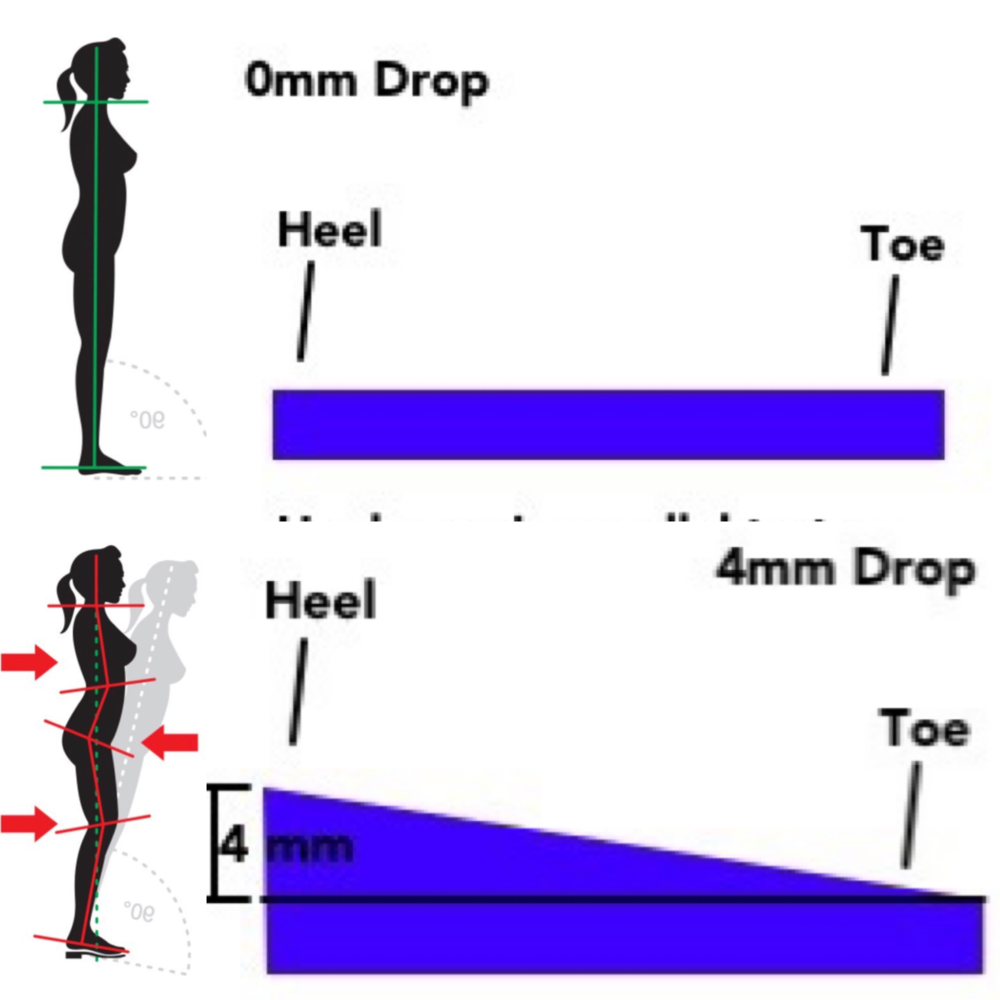
- A Majority of Mainstream Sneakers are not ‘Flat’‘Flat’, also known as ‘Heel-to-Toe Drop (HTD)’ refers to the angle of tilt between the heel and front of the shoe when looking at it from the side. In other words, the greater the heel-to-toe drop, the greater the amount of forward or downward tilt there is because the heel is stacked higher than the forefoot. Think about what this does to your body. Standing, walking, running, squatting and lifting in a pair of sneakers with a high heel to toe drop is the same as if you were standing, walking, running, squatting and lifting downhill all day. Look at the illustration and the domino effect on your joints, muscles and posture. Have you ever wondered why you suffer from low back pain, knee pain and shin splints? In addition to developing muscle stiffness and postural changes, think about the level of stability at the ankle. With Halloween around the corner, make note of how the guy dressed up as Sarah Palin or Hilary at the Halloween party walks around in a pair of heels. I think women can also attest to feeling a little unbalanced after a long hiatus from wearing heels.
- More Cushioning = Less Strain on My Joints and Energy EfficiencyMeh. Actually the opposite occurs. With a greater amount of cushioning, especially in shoes with thick heels, your brain subconsciously tells you that it is safe to land directly on your heel (especially during running). The problem with landing on your heel is that you completely bypass the dampening and shock absorbing capabilities of your massively strong and springy Achilles tendon. Also, more cushioning creates an unstable surface so your muscles need to create more force. Isn’t it much more difficult to run, clean, squat or lunge in sand? If you don’t think so and don’t live near the beach, go ahead and stand on your mattress or couch and do some squats. As an extra bonus, now put a pillow or two under your heels and squat.
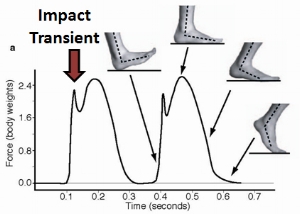
What To Look For
So now that you know how footwear can impact your health upstream and downstream here are some of the key components that you should look for in your next pair of sneakers:
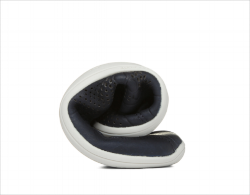
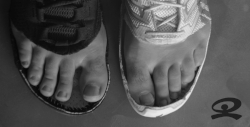
- Heel to Toe Drop of (0-3mm) also known as the ‘Minimalist Shoe’ category – Although this range is ideal, I recommend that you slowly transition to Minimalist shoes especially if you are coming from traditional sneakers that have Heel to Toe drops > 8mm. Don’t take this lightly and think that you will be able to run the same distance or squat the same way immediately. Scale your progression into this category of shoes by decreasing your workload (temporarily) or by planning to purchase sneakers with smaller Heel to Toe drops in 1-2mm increments. This process takes time.
- Flexible & Thin Sole – Our feet have the greatest concentration of nerve endings and we want to make sure they remain stimulated. Find a shoe that is flexible with a thin sole that can twist in all directions that still allows you to feel the ground.
- Wide Forefoot – For those of you that have bunions I have some news for you – it’s not genetic. The shoes that you have chosen in the past were too narrow. The good news is, you can fix that. Find a pair of shoes that allow you to spread all of your toes apart.
While I am not affiliated with any brands, here are some brands who specialize in Zero Drop shoes: Vivobarefoot, Vibram and Altra. Classic styles such as Converse Chuck Taylors and Vans are also options.
If you’re not quite ready to to train in Zero Drop shoes, Merrell and Inov 8 have models with varying HTD that will allow you to ease the transition.
The good news is that with the increasing awareness and popularity of Minimalist Shoes, the major brands are also offering shoes that fit into this category.
If you don’t want to invest money into another pair of sneakers but want to address some of the aches, pains and movement difficulties mentioned above then start spending more time being barefoot and incorporate being barefoot into some of your training.


